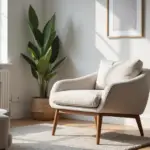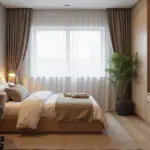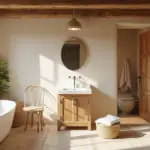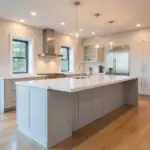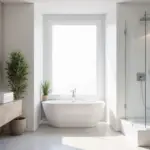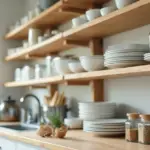The morning light streaming through your kitchen window catches the walls differently when they’re painted with intention. Unlike any other room in your home, your kitchen walls witness the daily rhythm of life – from the gentle steam of morning coffee to the animated conversations over dinner preparation. These surfaces endure more than most homeowners realize: grease from sizzling pans, splashes from enthusiastic cooking, the humidity from boiling pasta, and the constant touch of hands reaching for cabinets and switches.
Choosing the right kitchen wall paint transcends simple color selection. It’s about understanding how light dances across surfaces throughout the day, how certain finishes resist the inevitable spatters of daily cooking, and how the right preparation can mean the difference between a paint job that lasts two years versus one that maintains its beauty for a decade. The kitchen’s unique microclimate – with its temperature fluctuations, moisture levels, and high-traffic patterns – demands a more thoughtful approach than selecting paint for a bedroom or living room.
What follows are eighteen carefully considered insights that will transform how you approach your kitchen walls. These aren’t just painting tips; they’re strategies for creating a surface that evolves gracefully with your daily life, maintains its vibrancy under the scrutiny of task lighting, and stands up to the loving wear of a well-used space. From understanding the molecular structure of different paint finishes to mastering the subtle art of color temperature, these guidelines will help you create kitchen walls that are as enduring as they are beautiful.
1. Choose Ultra-Durable Finishes for High-Traffic Kitchen Walls
The molecular structure of paint finish determines everything about how it will perform in your kitchen’s demanding environment. When paint chemists engineer finishes like satin and semi-gloss, they’re creating a tighter, more resilient surface that can withstand the daily assault of cooking activities. These finishes contain higher resin content, forming a protective barrier that prevents moisture and grease from penetrating into the paint film itself.
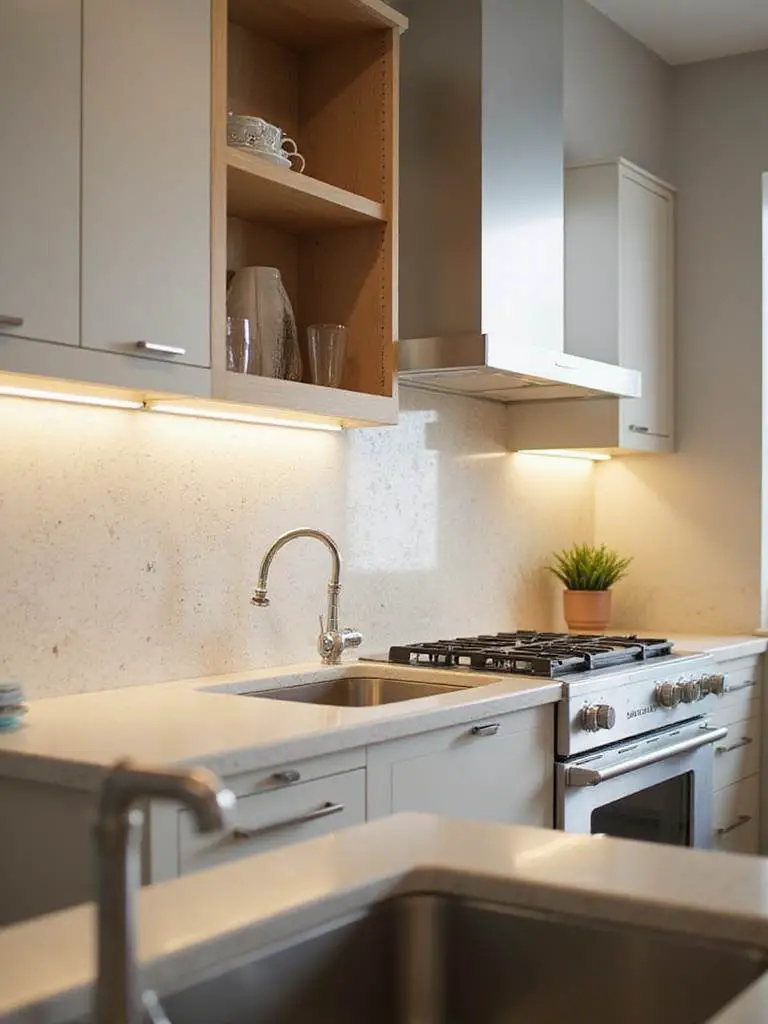
The transformation in durability is remarkable – walls painted with these resilient finishes can withstand 30-50% more cleaning cycles than their matte counterparts. This means the difference between repainting every three years versus every five to seven years. The investment in premium, scrubbable formulations pays for itself through reduced maintenance and the preservation of that fresh-painted appearance that makes your kitchen feel perpetually renewed.
Key Benefits of Durable Finishes:
- Extend wall lifespan by 2-3 years in high-traffic areas
- Resist permanent staining from cooking oils and food splashes
- Maintain color vibrancy under frequent cleaning
- Reduce long-term maintenance costs by up to 40%
The craftsmanship in these advanced formulations becomes evident after years of use when less durable paints would show wear patterns around light switches and cabinet handles.
2. Select Washable Paint for Easy Grease and Splatter Cleanup
The invisible battle happening on your kitchen walls involves grease molecules seeking to embed themselves into whatever surface they encounter. Washable paints are formulated with a non-porous surface structure that prevents these cooking byproducts from penetrating beyond the paint film. This creates an almost glass-like barrier that allows you to wipe away evidence of even the most enthusiastic cooking sessions.
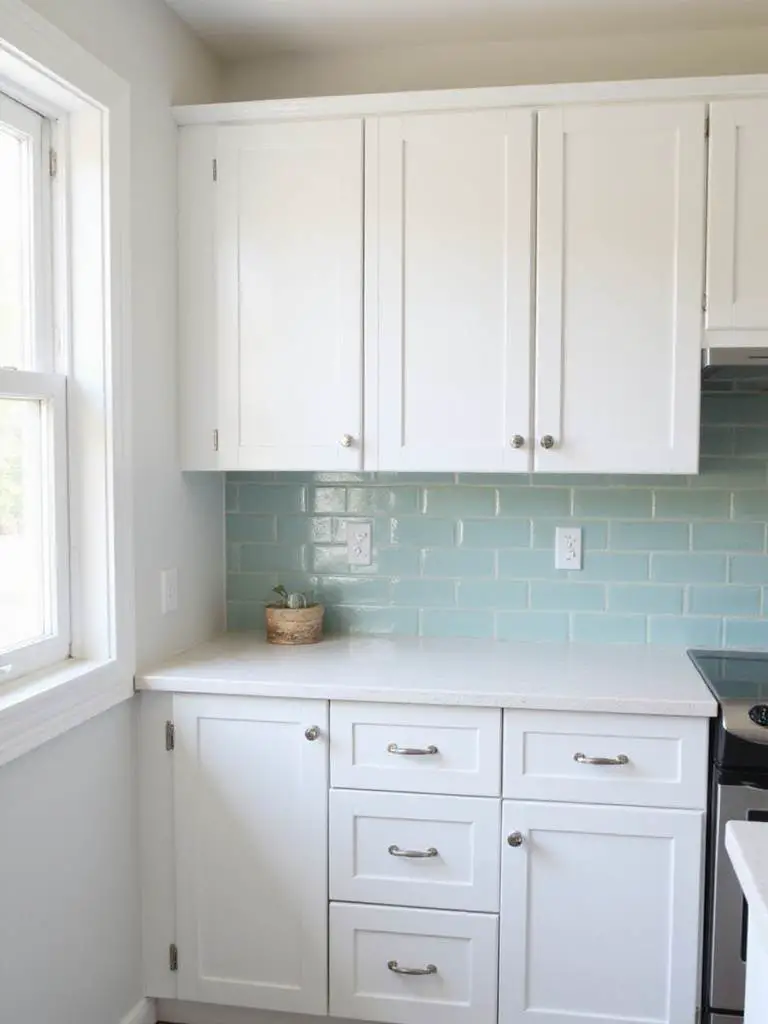
Professional chefs understand that the key to maintaining pristine surfaces lies in immediate attention to spills and splatters. Washable kitchen wall paint extends this same principle to home kitchens, allowing you to address accidents as they happen rather than discovering permanent stains weeks later. The peace of mind that comes from knowing your walls can handle whatever culinary adventures you pursue is invaluable.
Essential Washable Paint Features:
- Non-porous surface prevents stain penetration
- Compatible with gentle cleaning solutions
- Maintains integrity after hundreds of cleaning cycles
- Resists bacterial growth in food preparation areas
Beyond the practical benefits, these paints contribute to the overall hygiene of your food preparation space, creating surfaces that can be properly sanitized.
3. Understand Paint Sheen Levels for Optimal Kitchen Performance
The way light interacts with your kitchen walls changes dramatically based on the sheen level you choose. Flat paints absorb light and hide imperfections beautifully, but they also absorb everything else – including cooking odors, moisture, and stains. Semi-gloss finishes, on the other hand, reflect light and repel moisture, creating surfaces that stay cleaner and brighter over time.
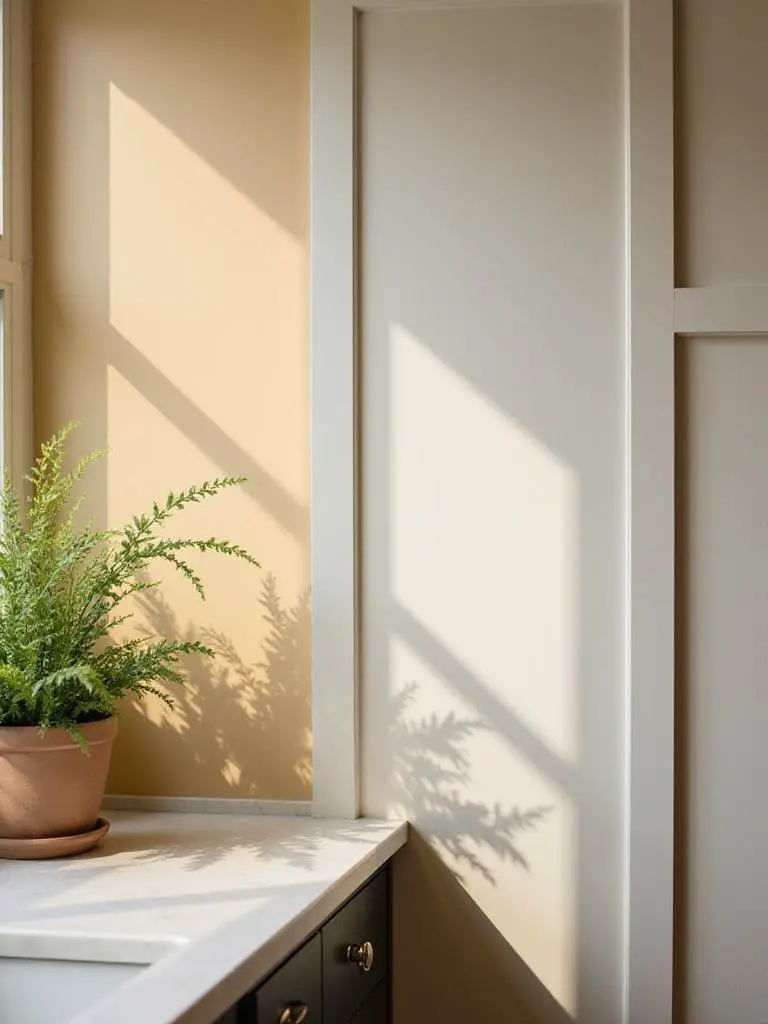
The science behind sheen levels involves the arrangement of particles in the dried paint film. Higher sheens contain more resin and fewer pigment particles, creating a smoother surface that reflects light uniformly. This not only makes cleaning easier but also enhances the perception of space and brightness in your kitchen, particularly important in smaller or darker cooking areas.
Sheen Selection Guide:
- Flat: Beautiful but impractical for kitchen walls
- Eggshell: Good compromise for low-traffic kitchen areas
- Satin: Optimal balance of durability and aesthetics
- Semi-gloss: Maximum protection for high-splash zones
The interplay between your kitchen’s natural light and the chosen sheen creates the foundation for how the space feels throughout the day.
4. Never Skip Priming for Superior Adhesion and Color True-ness
The invisible foundation of every exceptional paint job lies in the primer coat that most people never see. Primer creates a uniform surface that allows your chosen kitchen wall paint to adhere properly and display its true color. Without this crucial step, you’re essentially asking your topcoat to perform two jobs – adhering to the substrate and providing color – which inevitably compromises both functions.
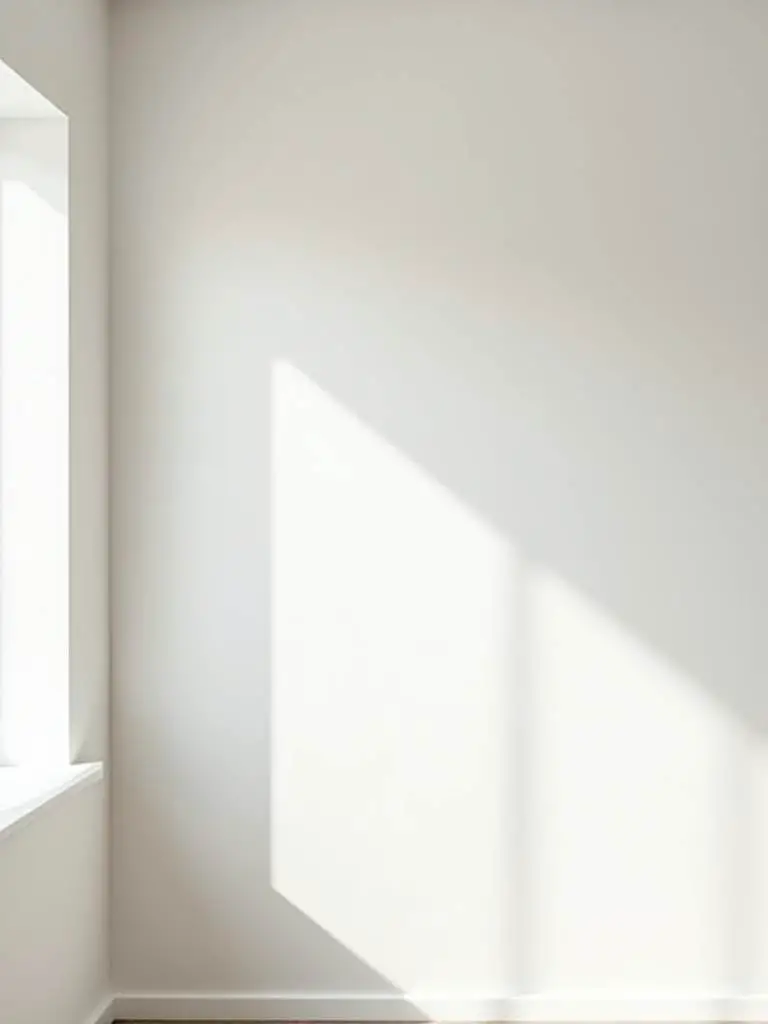
Kitchen walls present unique challenges that make priming even more critical. Previous cooking activities may have left invisible residues that can interfere with paint adhesion. Primer acts as a barrier, sealing these contaminants and creating a fresh canvas for your new color. The molecular bond between a properly primed surface and the topcoat can be up to three times stronger than paint applied directly to unprepared walls.
Professional painters often say that primer is like the foundation of a house – you never see it once the project is complete, but everything depends on its quality and proper application.
5. Combat Humidity with Mold-Resistant Kitchen Paint Formulas
The steam rising from your pasta pot and the moisture from washing dishes creates a microclimate that can encourage mold growth on traditional paint surfaces. Mold-resistant formulations contain antimicrobial additives that actively inhibit fungal growth, maintaining both the health of your family and the integrity of your walls. These specialized paints represent a proactive approach to indoor air quality.
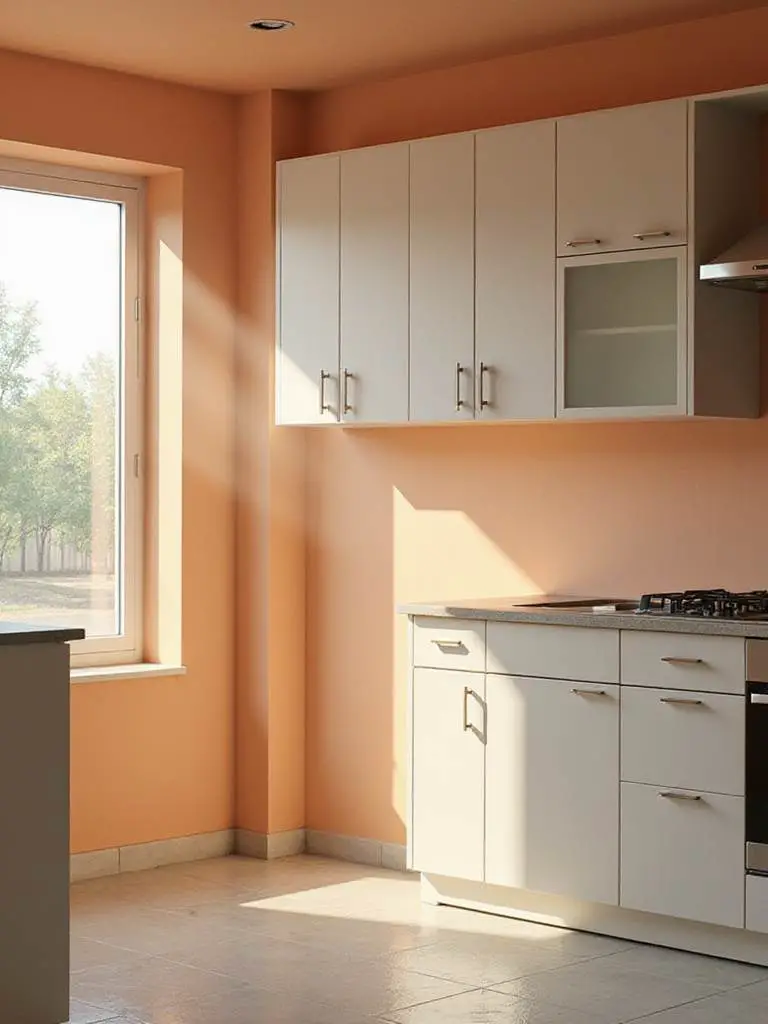
The invisible protection these paints provide becomes evident over time. While standard paints in humid environments may develop dark spots or musty odors, mold-resistant formulations maintain their appearance and contribute to cleaner indoor air. The peace of mind that comes from knowing your walls are actively working to prevent mold growth is particularly valuable in kitchens where food safety is paramount.
Mold-Resistant Paint Benefits:
- Inhibits up to 99.9% of mold growth on paint surfaces
- Maintains indoor air quality in humid conditions
- Reduces need for harsh cleaning chemicals
- Extends paint life in moisture-prone areas
The investment in these specialized formulations pays dividends in both health benefits and reduced maintenance over the life of your kitchen.
6. Prioritize Low-VOC Paints for Better Indoor Air Quality
The air quality in your kitchen affects not just comfort but the actual safety of food preparation. Traditional paints release volatile organic compounds that can linger in the air for months, creating an invisible burden on your home’s atmosphere. Low-VOC formulations represent a fundamental shift toward healthier indoor environments, particularly important in spaces where you spend significant time preparing and consuming food.
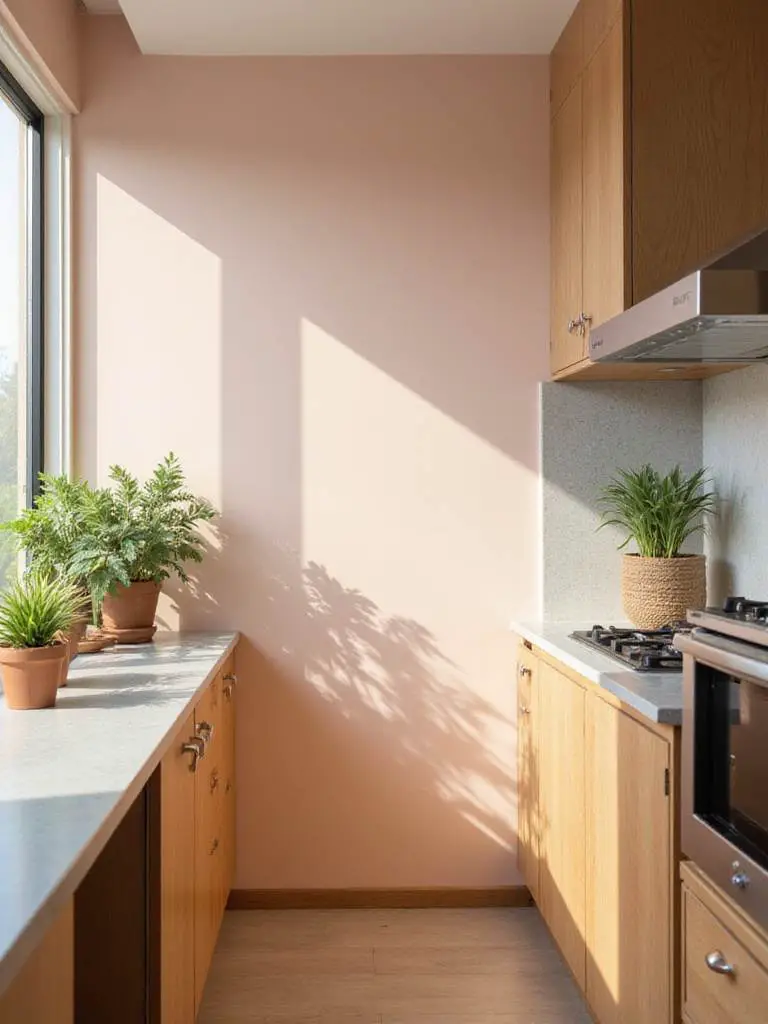
The chemistry behind low-VOC paints involves replacing traditional solvents with water-based carriers that don’t off-gas harmful compounds. This doesn’t compromise performance – in fact, many low-VOC paints offer superior durability and color retention compared to their traditional counterparts. The immediate benefit is a kitchen you can use within hours of painting, rather than days of waiting for chemical odors to dissipate.
Modern low-VOC formulations have evolved to match or exceed the performance characteristics of traditional paints while maintaining healthier indoor air quality throughout the life of the finish.
7. Test Colors Under Kitchen Lighting for Accurate Hue Perception
The color you fall in love with on a paint chip can transform dramatically under your kitchen’s specific lighting conditions. Natural light from windows, warm incandescent bulbs, and cool LED task lighting each reveal different aspects of a color’s personality. This phenomenon, called metamerism, explains why that perfect “greige” can appear purple under certain conditions or why a warm white can look yellow in morning light.
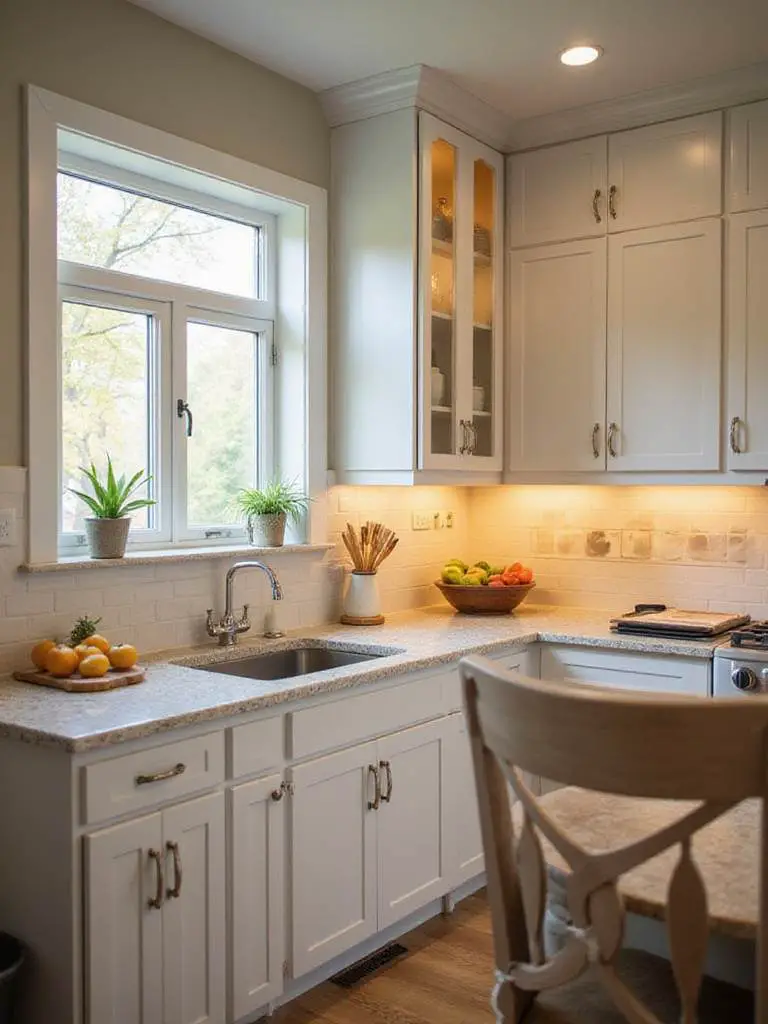
Your kitchen’s orientation and window placement create a unique lighting signature that changes throughout the day. North-facing kitchens receive cooler, more consistent light, while south-facing spaces experience dramatic shifts from morning to evening. Understanding these patterns helps you select colors that remain true to your vision regardless of the time of day or lighting conditions.
Essential Color Testing Steps:
- Paint large samples (minimum 12×12 inches) on different walls
- Observe colors under all lighting conditions throughout the day
- Consider how colors interact with existing fixtures and finishes
- Test colors against your specific cabinet and countertop materials
The investment in proper color testing prevents the disappointment and expense of repainting when the final result doesn’t match your expectations.
8. Brighten Small Kitchens with Light, Reflective Paint Colors
Light colors possess an almost magical ability to expand the perceived boundaries of small spaces. The science involves Light Reflectance Value (LRV) – the percentage of light a color reflects back into the room. Colors with high LRV ratings (70% or above) can make walls appear to recede, creating the illusion of additional square footage without any structural changes.
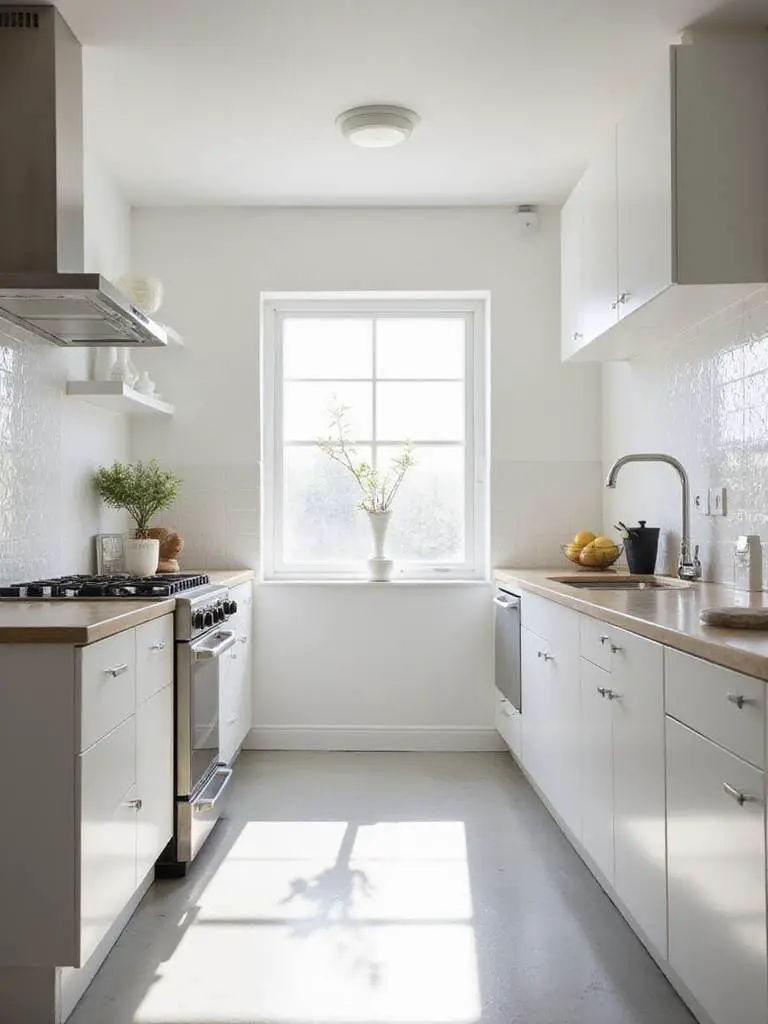
The psychological impact of light, reflective colors extends beyond mere perception. These hues create an atmosphere of cleanliness and openness that makes cooking and entertaining more enjoyable. When combined with adequate lighting, light wall colors can reduce the need for artificial illumination during daylight hours, creating a more natural and energy-efficient kitchen environment.
The strategic use of light colors becomes particularly important in galley kitchens or spaces with limited natural light, where every reflection contributes to the overall sense of spaciousness.
9. Ensure Seamless Color Flow in Open-Concept Kitchen Spaces
The visual connection between your kitchen and adjacent living spaces requires careful consideration of how colors transition from one area to another. In open-concept homes, the kitchen walls become part of a larger visual narrative that should feel cohesive rather than jarring. This doesn’t mean everything must match exactly, but rather that colors should relate to each other in a harmonious way.
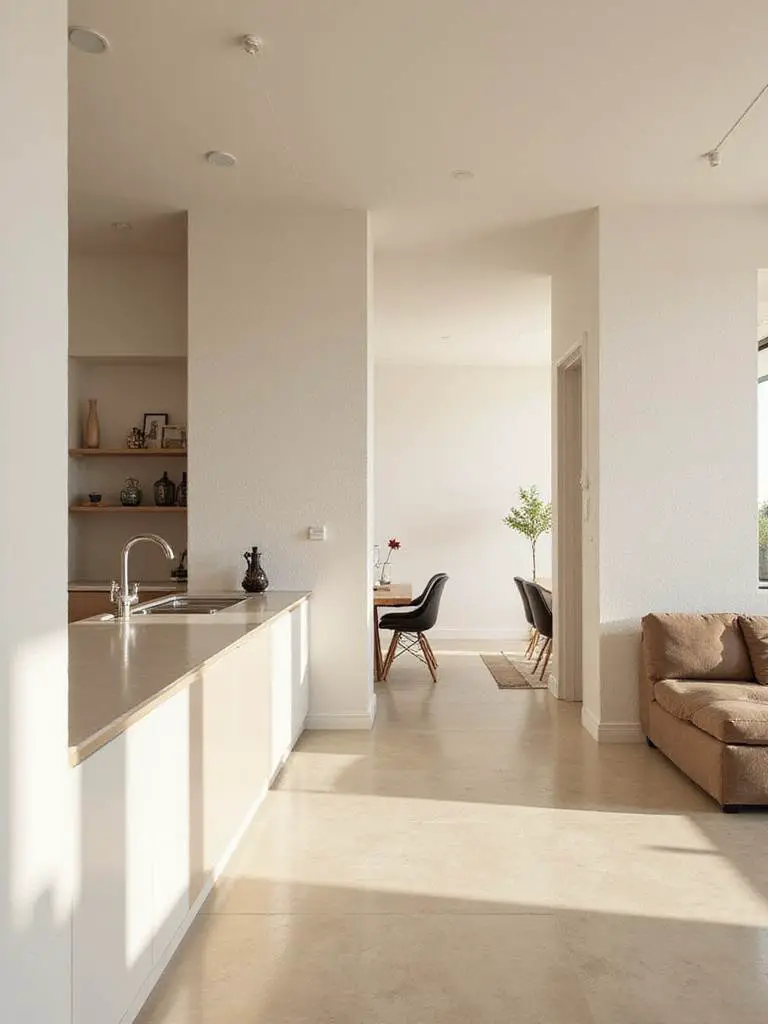
The key lies in understanding undertones – the subtle color influences that tie different hues together. A warm white in the kitchen might share yellow undertones with a soft gray in the living area, creating visual continuity even with different colors. This approach allows for subtle definition of spaces while maintaining the open, flowing feeling that makes these layouts so appealing.
Open-Concept Color Strategies:
- Use varying shades of the same color family
- Maintain consistent undertones across connected spaces
- Consider the view from each room into adjacent areas
- Balance bold accents with neutral foundations
The goal is creating a sense of journey through connected spaces rather than abrupt transitions that break the visual flow.
10. Create Visual Interest with a Bold Kitchen Accent Wall
Sometimes the most impactful design decision is the strategic use of contrast. A bold accent wall can transform a kitchen from merely functional to genuinely dramatic, creating a focal point that draws the eye and establishes the room’s personality. The key lies in selecting the right wall – typically one that’s free from excessive interruptions and naturally highlighted by the room’s architecture or lighting.
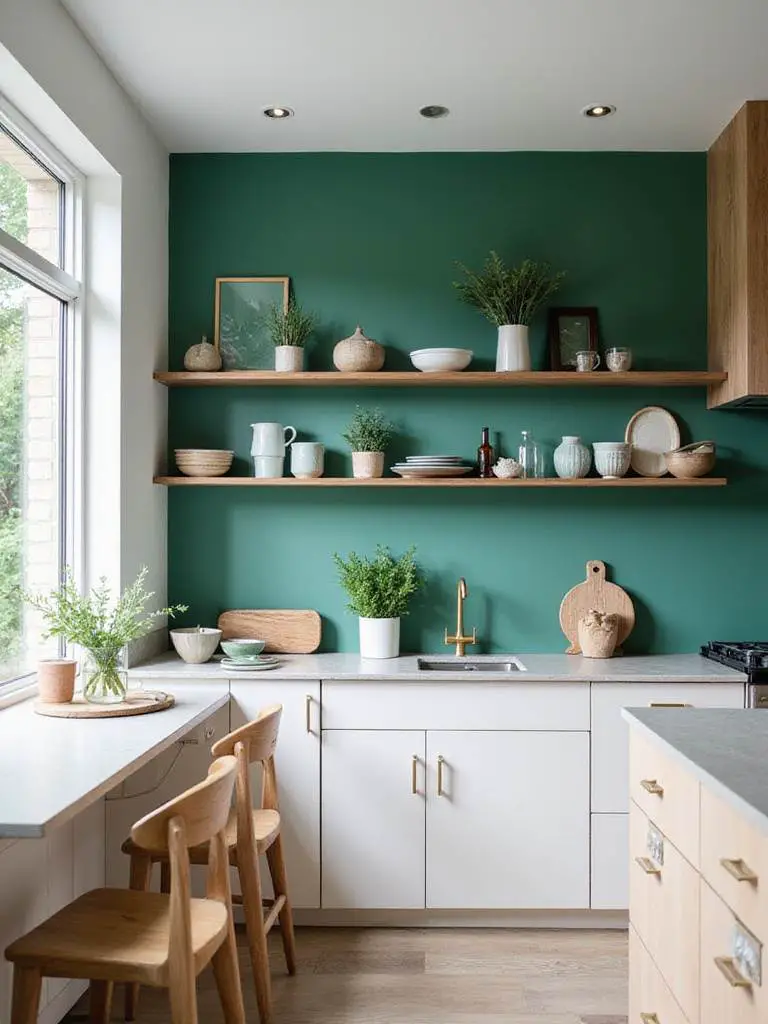
The psychology of accent walls involves creating visual weight that grounds the space and provides a backdrop for other design elements. A deep charcoal wall behind floating shelves, for example, makes both the shelving and displayed items appear more significant and intentional. This technique works particularly well in kitchens where you want to highlight specific features or create zones within an open layout.
The beauty of accent walls lies in their reversibility – if your taste changes or trends shift, repainting a single wall is far less daunting than redoing an entire room.
11. Always Apply Large Paint Samples Before Committing to a Color
The difference between a 2-inch paint chip and a 12-inch painted sample is the difference between hope and certainty. Large samples reveal how a color behaves across a broader surface, how it interacts with shadows and highlights, and how it changes throughout the day. This investment in sampling prevents the costly mistake of discovering your chosen color looks completely different once applied to entire walls.
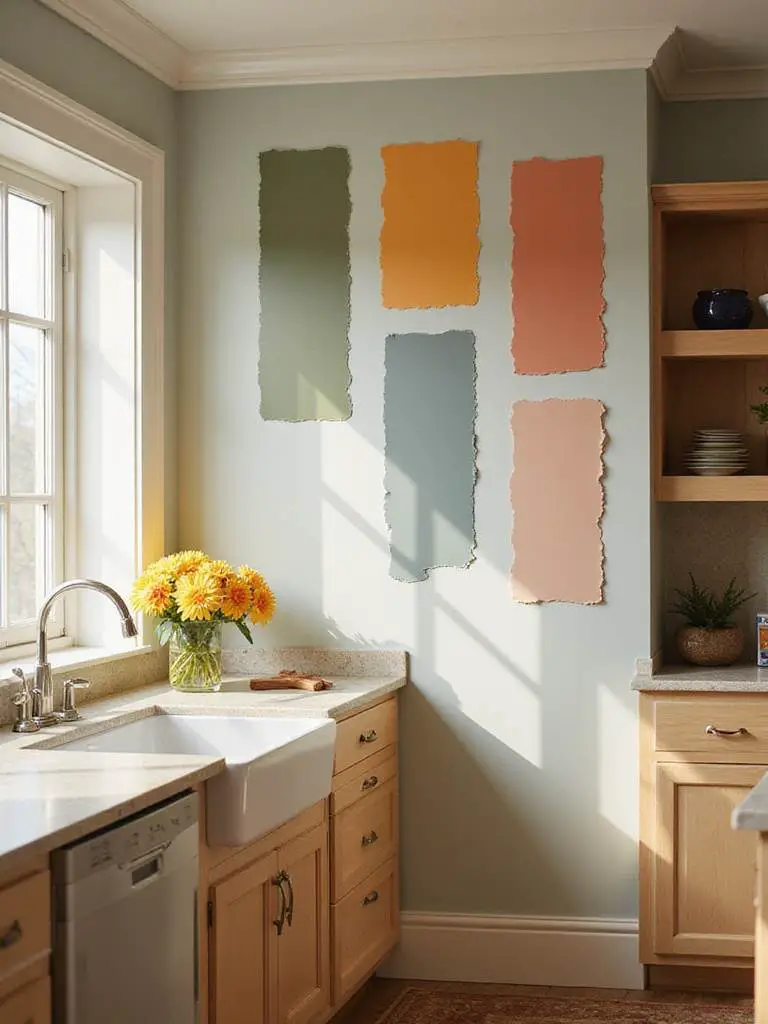
The process of living with large samples for several days allows you to observe how the color affects your mood and how it interacts with your daily routines. Morning coffee might reveal undertones you hadn’t noticed, while evening cooking could show how the color responds to task lighting. This extended observation period often reveals preferences you couldn’t have anticipated from small samples alone.
Effective Sampling Techniques:
- Use peel-and-stick samples or paint poster boards
- Move samples to different walls throughout the testing period
- Observe colors during all daily activities and lighting conditions
- Compare samples directly against existing finishes and fixtures
The patience required for proper sampling pays dividends in long-term satisfaction with your color choice.
12. Master Essential Wall Prep for a Flawless, Long-Lasting Finish
The foundation of exceptional paint performance lies in meticulous surface preparation. Kitchen walls accumulate invisible layers of cooking residue that can interfere with paint adhesion, leading to premature failure. Professional-grade preparation involves not just cleaning, but actually degreasing surfaces to remove the molecular film that cooking activities deposit over time.
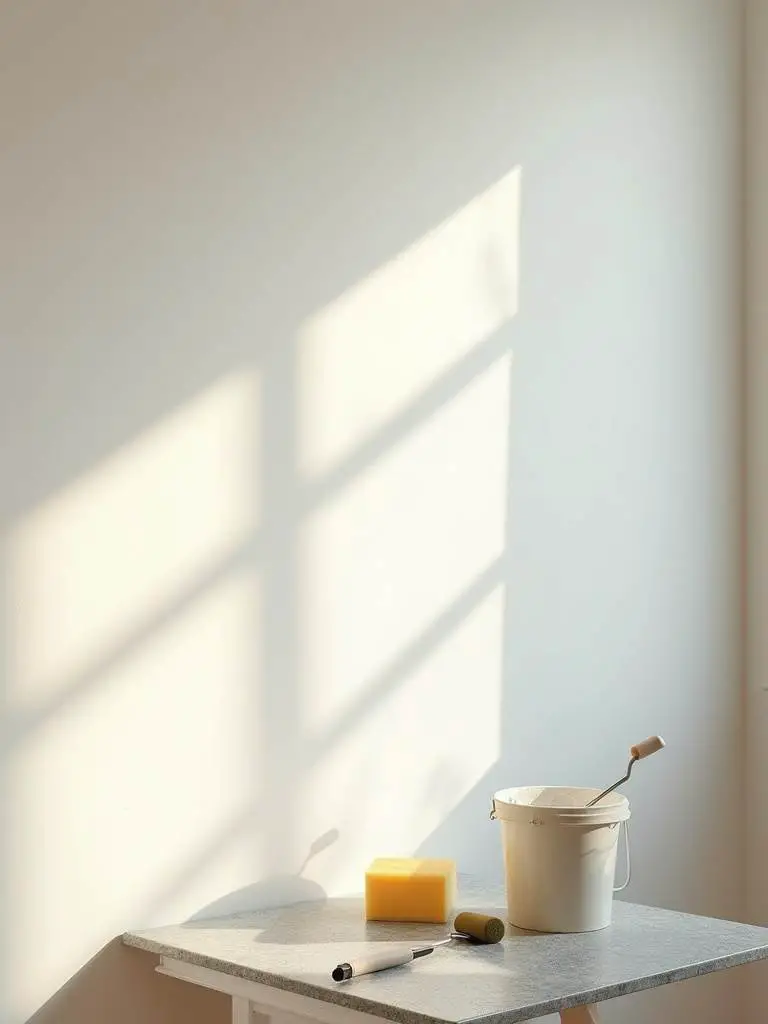
The transformation that occurs with proper preparation is remarkable. Walls that receive thorough cleaning, careful patching, and appropriate priming provide a canvas that allows paint to perform exactly as the manufacturer intended. This attention to preparation can extend the life of your paint job by years, making the initial investment in time and materials pay substantial dividends.
The sequence of preparation steps builds upon each other – cleaning removes surface contaminants, patching creates uniform texture, and priming ensures optimal adhesion and color development.
13. Invest in Quality Brushes and Rollers for Professional Results
The tools you choose for applying kitchen wall paint directly impact both the ease of application and the quality of the final result. Premium brushes and rollers are engineered to hold more paint, release it more evenly, and create smoother finishes with fewer visible marks. The difference becomes apparent in the first few strokes – quality tools simply feel better in your hand and produce superior results.
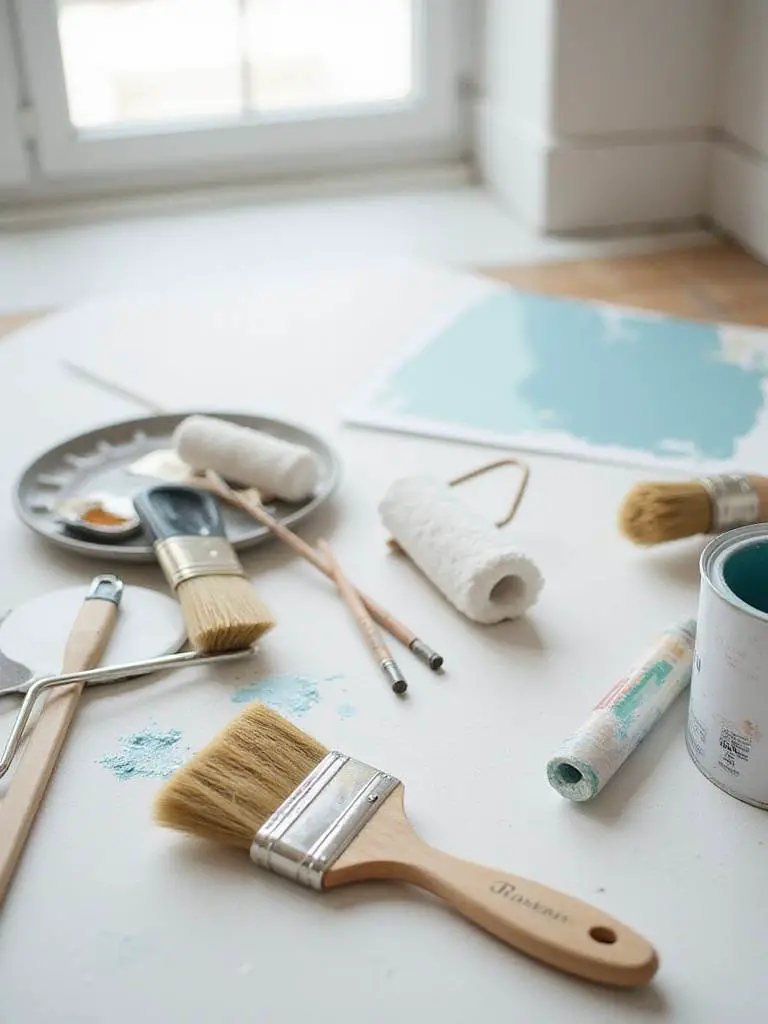
The economics of tool investment make sense when you consider that premium brushes and rollers can be cleaned and reused for multiple projects. A high-quality angled brush that costs three times more than a disposable version but lasts for ten projects represents significant savings over time. More importantly, the superior results justify the investment through reduced touch-up work and more professional-looking finishes.
Essential Tool Selection Criteria:
- Synthetic bristles for water-based paints
- Appropriate roller nap for your wall texture
- Comfortable grip for extended use
- Easy cleaning and maintenance
The right tools transform painting from a chore into a more enjoyable and rewarding experience.
14. Allow Adequate Drying Time Between Coats for Best Adhesion
The temptation to rush through a painting project by applying subsequent coats too quickly can undermine weeks of careful preparation and planning. Paint needs time to form proper molecular bonds, and interrupting this process by applying additional coats prematurely can result in poor adhesion, uneven sheen, and reduced durability. Patience during this phase is an investment in the longevity of your finish.
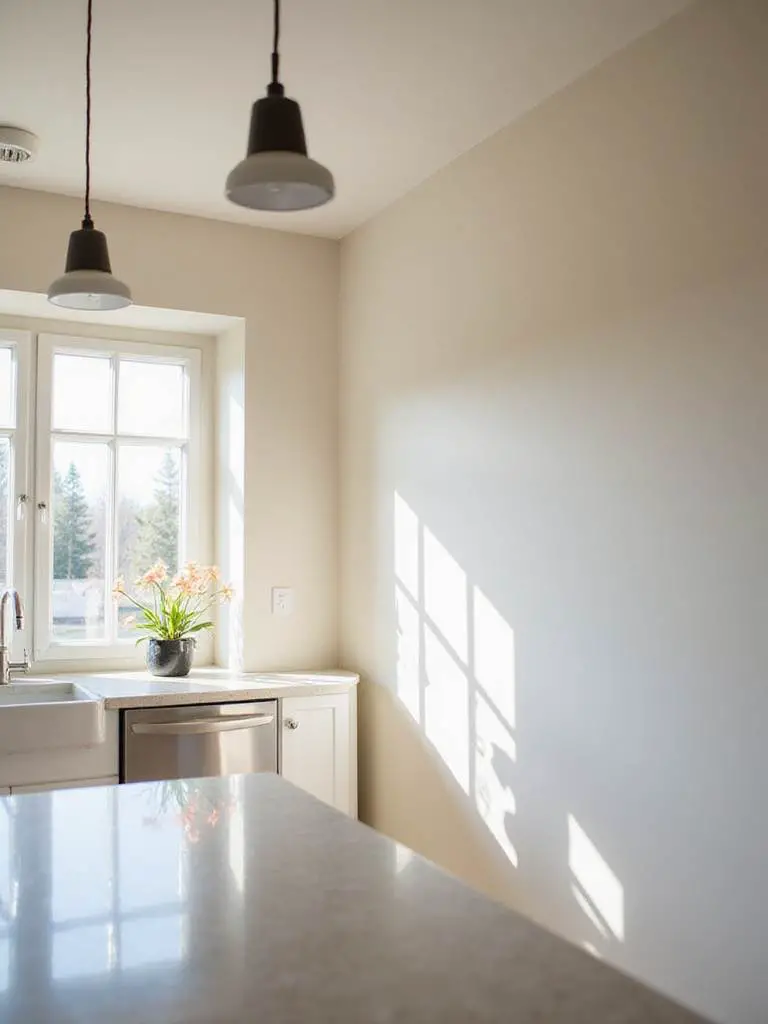
Environmental conditions significantly impact drying times. High humidity, low temperatures, and poor ventilation can extend the time needed between coats by hours or even days. Understanding these factors and adjusting your timeline accordingly ensures each coat has the opportunity to cure properly before the next application.
The science of paint curing involves solvent evaporation and resin cross-linking – processes that simply cannot be rushed without compromising the final result.
15. Maintain Kitchen Walls Easily with Gentle Cleaning Routines
Even the most durable kitchen wall paint benefits from regular, gentle maintenance. The key lies in addressing spills and splatters immediately, before they have time to set and become more difficult to remove. A simple routine of weekly dusting and immediate spot cleaning can preserve the appearance of your walls for years beyond what neglect would allow.
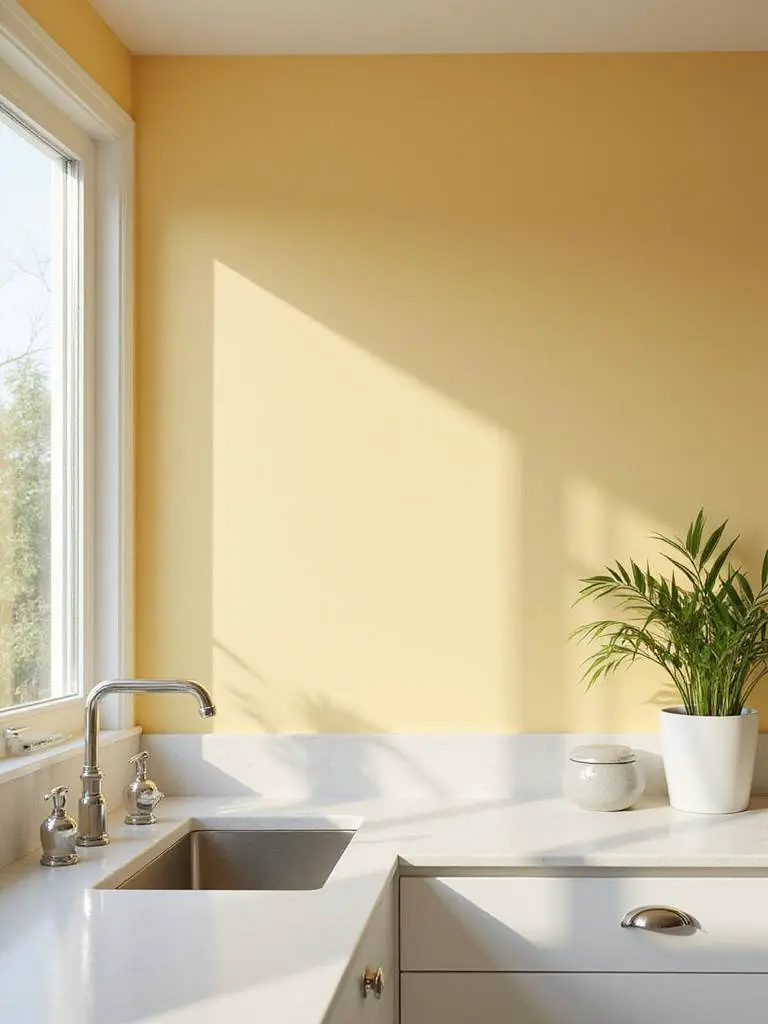
The chemistry of stain removal works best when stains are fresh. Grease and food particles that are allowed to sit and oxidize become progressively more difficult to remove and may eventually require more aggressive cleaning methods that can damage the paint surface. Proactive maintenance prevents this escalation and keeps your kitchen looking fresh.
Effective Maintenance Routine:
- Weekly dusting with microfiber cloths
- Immediate attention to spills and splatters
- Monthly gentle washing of high-traffic areas
- Annual assessment for touch-up needs
The few minutes spent on regular maintenance prevent hours of deep cleaning or premature repainting.
16. Quickly Touch Up Minor Scuffs and Scratches for Freshness
The reality of kitchen life includes inevitable minor scuffs, scratches, and dings that accumulate over time. Addressing these small imperfections promptly prevents them from becoming focal points that detract from your kitchen’s overall appearance. Touch-up work is one of the most cost-effective ways to maintain the fresh appearance of your walls between major painting projects.
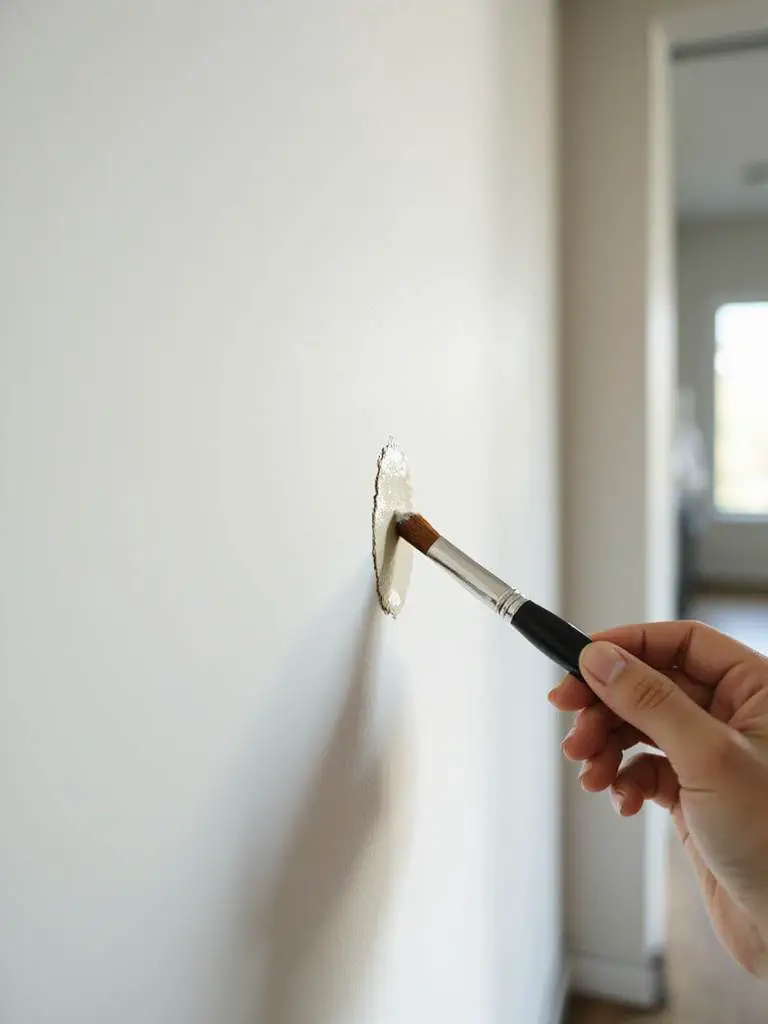
The art of invisible touch-ups lies in proper technique and timing. Fresh paint often appears slightly different from aged paint, so touch-ups are most successful when done shortly after the original application or when the entire wall shows enough wear to blend naturally with the repair. Keeping detailed records of paint colors and finishes makes future touch-ups much more successful.
The investment in small containers of touch-up paint and basic application tools pays substantial dividends in maintaining your kitchen’s appearance over time.
17. Optimize Your Paint Budget Without Sacrificing Kitchen Quality
Smart budgeting for kitchen wall paint involves understanding where to invest for maximum impact and where modest savings won’t compromise results. Premium paints in high-traffic areas like backsplashes and around appliances provide the best return on investment, while less critical areas might accommodate mid-grade options without significant performance loss.
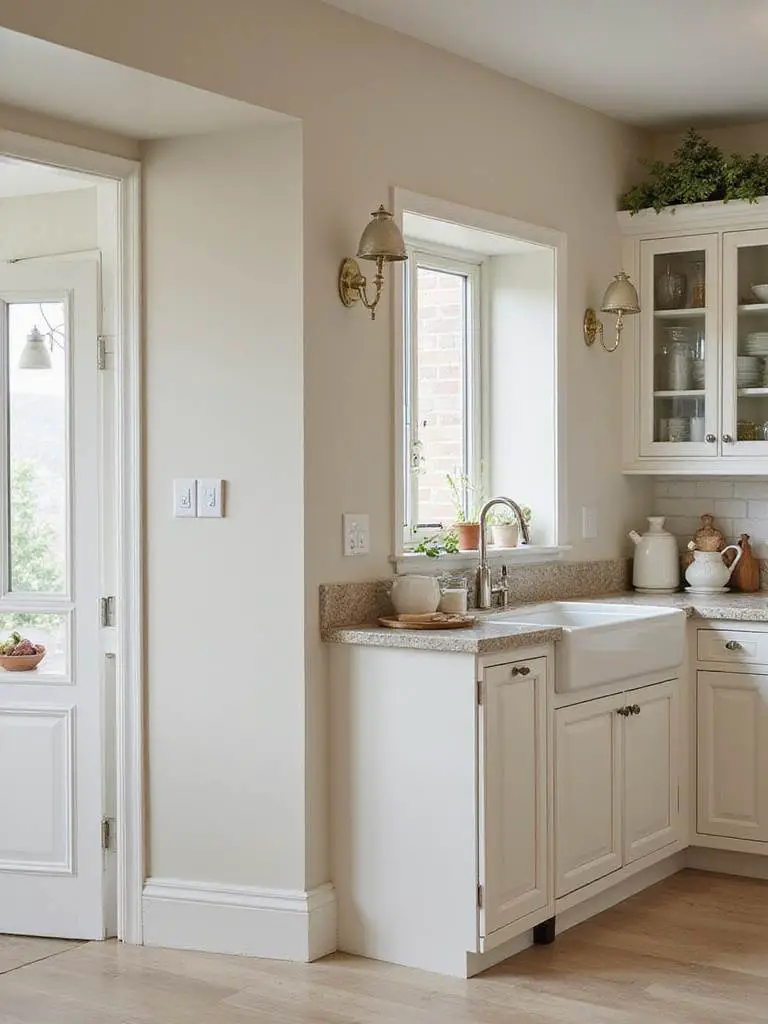
The total cost of a paint project includes not just materials but also time – both for application and future maintenance. Higher-quality paints that require fewer coats and last longer often represent better value despite higher upfront costs. This long-term perspective helps justify investments in premium materials that pay dividends over years of use.
Budget Optimization Strategies:
- Prioritize premium paint for high-traffic areas
- Invest in quality tools that improve efficiency
- Time purchases around seasonal sales and promotions
- Consider DIY preparation to allocate more budget to materials
The most successful paint projects balance initial investment with long-term performance and satisfaction.
18. Stay Ahead with Trending Kitchen Wall Paint Color Palettes
Understanding current color trends helps ensure your kitchen feels contemporary and fresh, but the most successful trend adoption involves selecting colors that complement your existing finishes and personal style. Trending colors often reflect broader cultural movements toward wellness, sustainability, or comfort, making them more than just aesthetic choices.
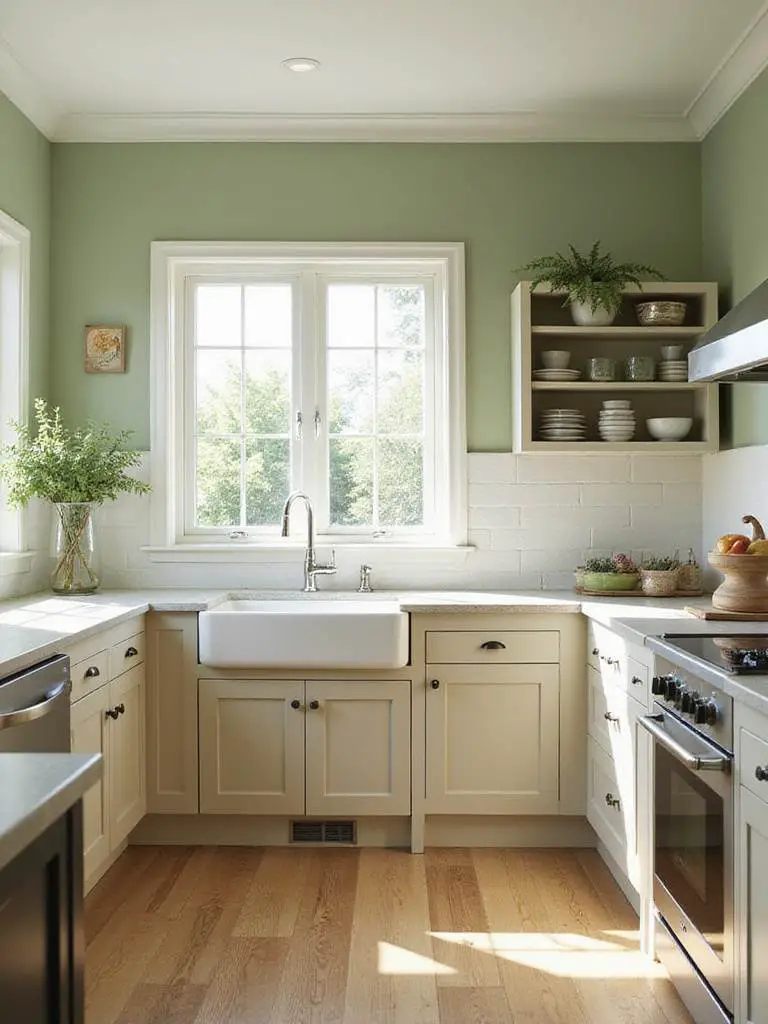
The evolution of kitchen color trends reflects changes in how we use these spaces. As kitchens become more central to family life and entertaining, color choices increasingly emphasize warmth, comfort, and connection to nature. These trends often have more staying power than purely fashion-driven color movements.
Current trends favor colors that create calm, nurturing environments while maintaining the cleanliness and brightness essential to food preparation areas. The most successful trend adoption involves understanding the emotional and practical reasons behind popular color choices.
Conclusion
The journey toward perfect kitchen wall paint involves far more than selecting an appealing color from a fan deck. It requires understanding how different finishes perform under the unique stresses of kitchen life, how colors interact with your specific lighting conditions, and how proper preparation and application techniques can extend the beauty and durability of your investment for years to come. Each decision – from choosing mold-resistant formulations to investing in quality application tools – contributes to a finished result that enhances both the functionality and beauty of your kitchen.
The eighteen insights we’ve explored represent the accumulated wisdom of paint chemists, professional contractors, and experienced homeowners who understand that kitchen walls must be both beautiful and resilient. By prioritizing durability, embracing proper preparation techniques, and making informed choices about color and finish, you create surfaces that evolve gracefully with your daily life while maintaining their fresh appearance through countless cooking adventures.
Your kitchen walls have the potential to be more than just surfaces – they can become the backdrop for family memories, the foundation for your daily routines, and a reflection of your personal style. With these guidelines as your foundation, you’re equipped to create kitchen wall paint that not only looks exceptional on the day of completion but continues to enhance your home’s most important gathering space for years to come.

